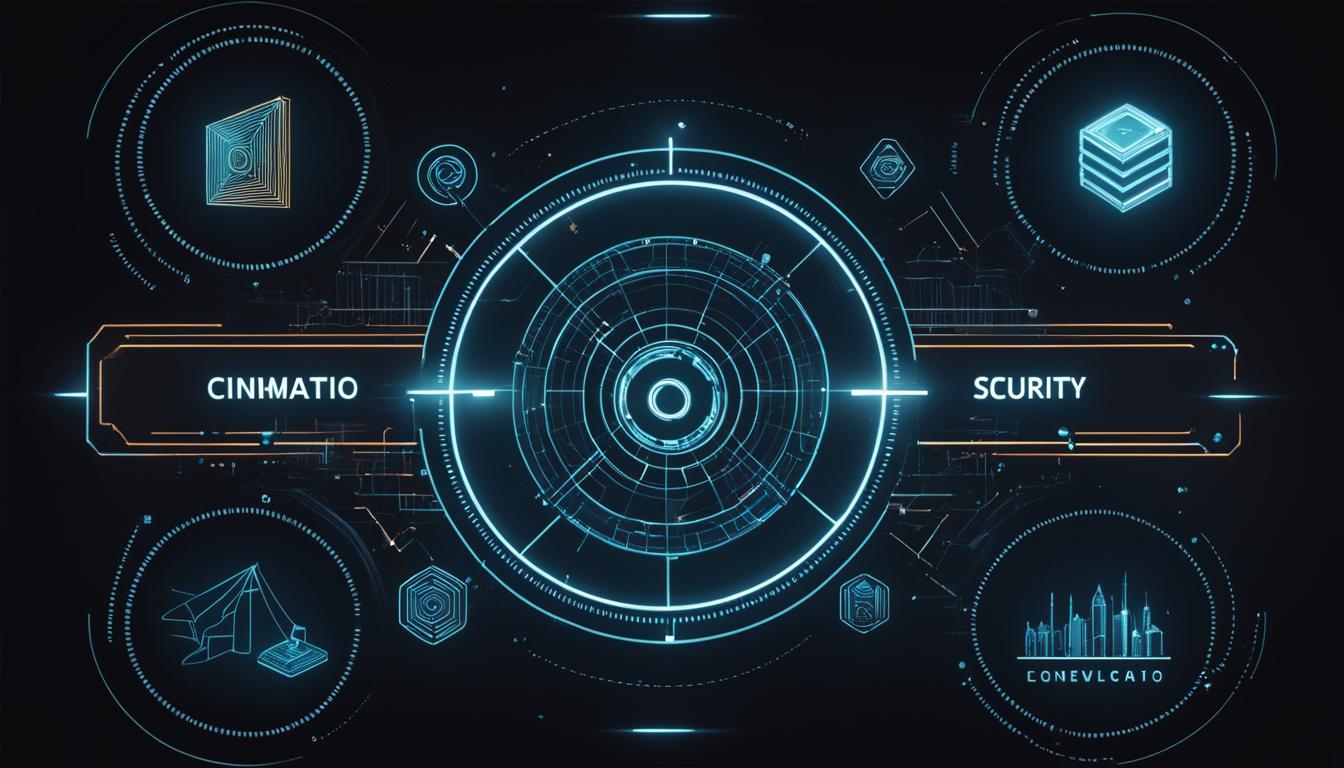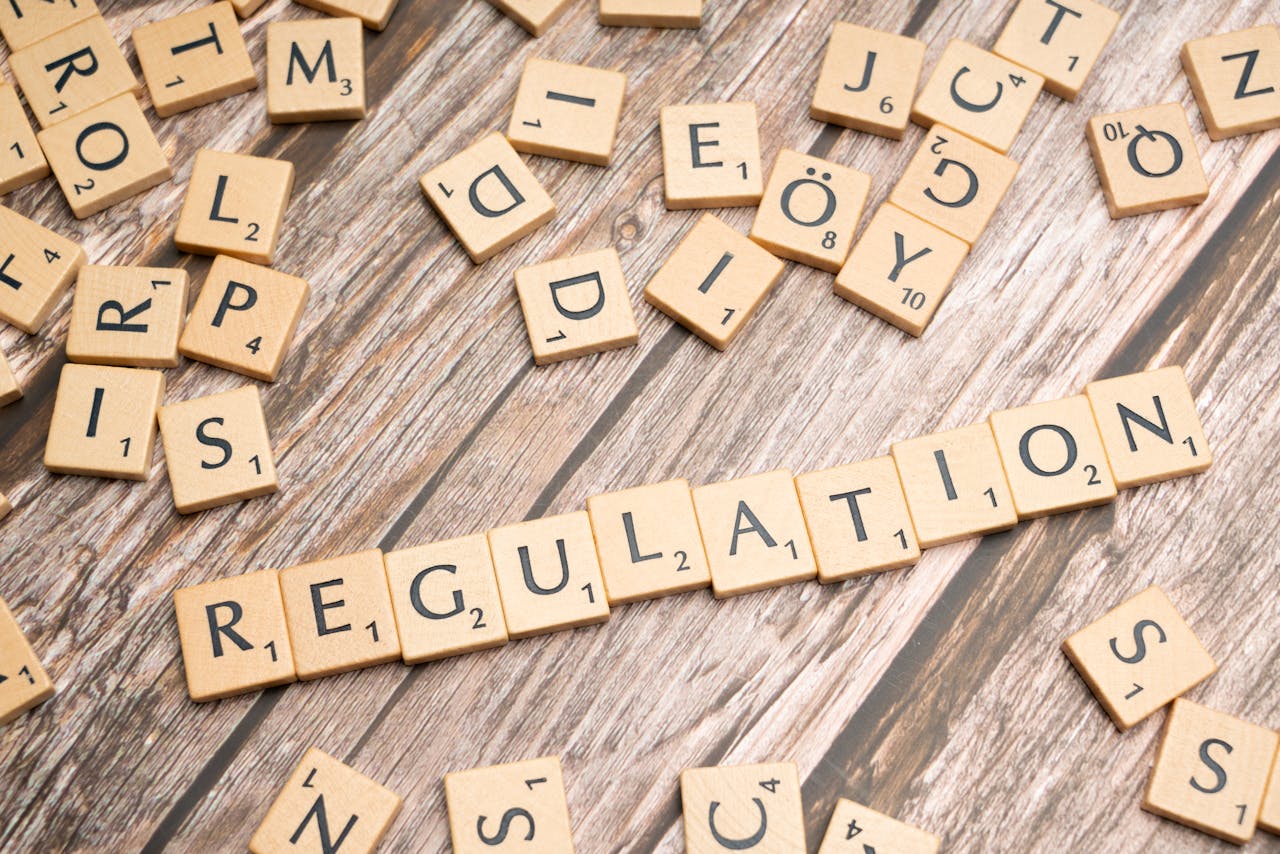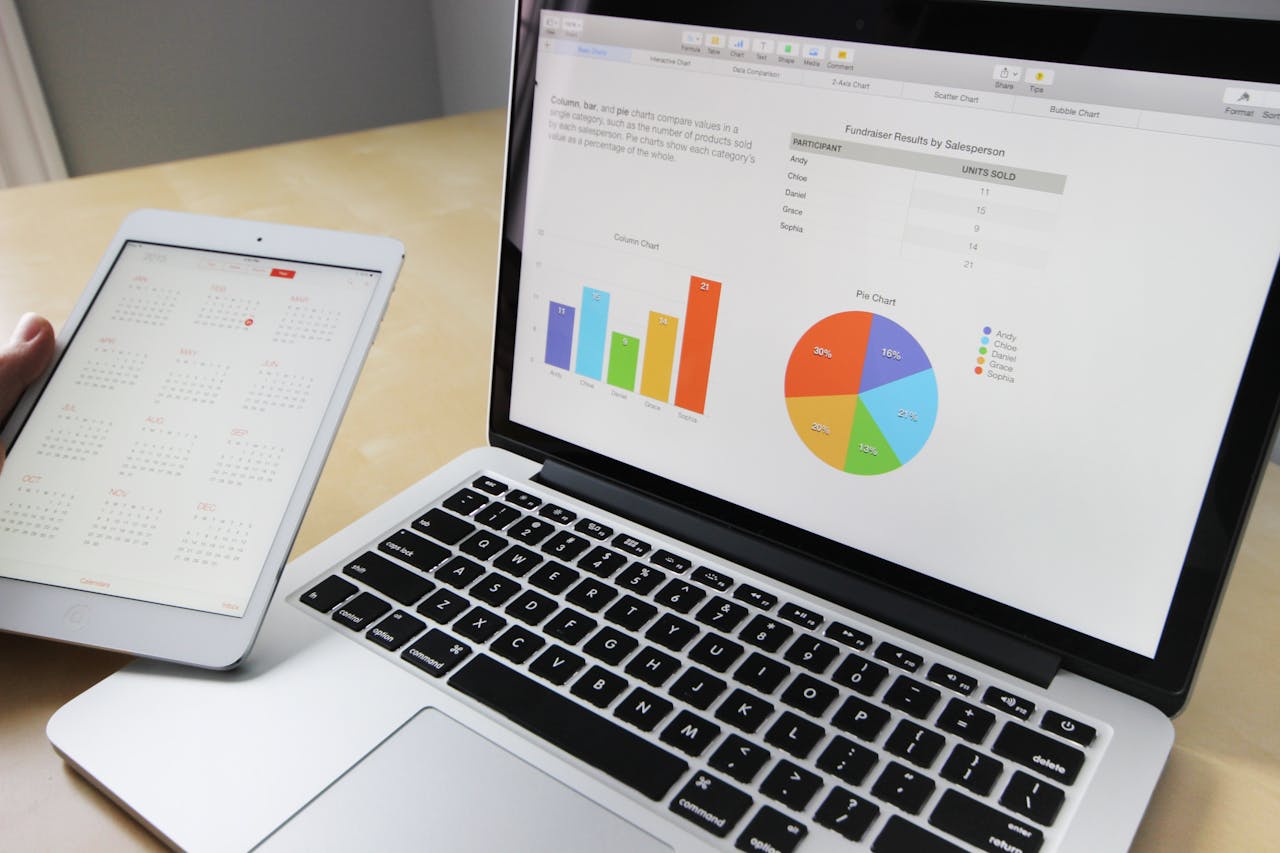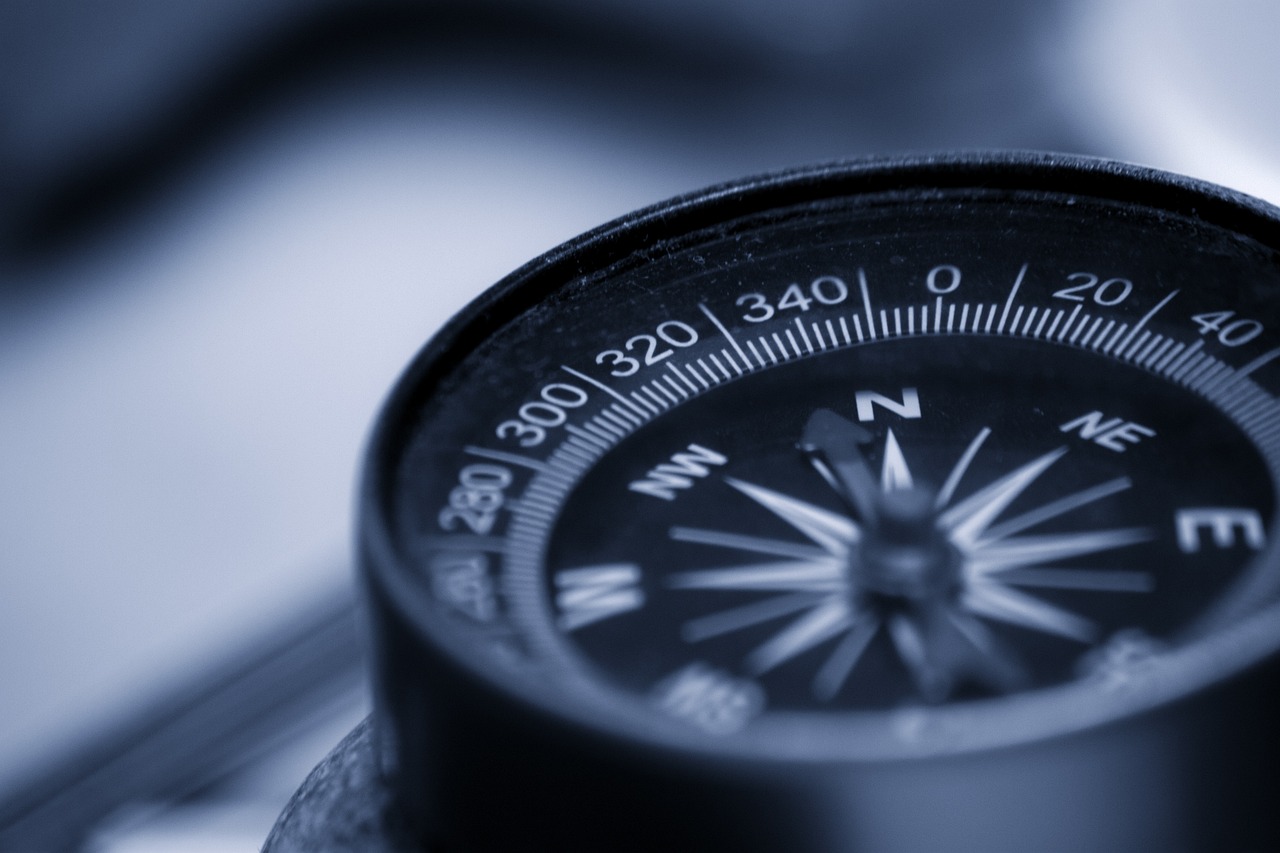The tokenization of real-world assets has emerged as a significant trend in the blockchain industry, reshaping the future of asset management and investment. By leveraging blockchain technology, the tokenization process offers a unique and transformative way to enhance liquidity and security across various asset classes.
Tokenization refers to the process of converting real-world assets, such as real estate, stocks, or art, into digital tokens that can be securely traded on a blockchain network. This digital representation of assets brings numerous benefits, including increased liquidity, fractional ownership, and transparency.
Enhanced liquidity is one of the key advantages of asset tokenization. By breaking down assets into smaller digital tokens, individuals and institutions gain access to an expansive and liquid market that was previously restricted to a select few. This opens up new opportunities for investment and trading, leading to increased market efficiency.
Furthermore, security is a critical aspect of asset tokenization. Blockchain technology provides a decentralized and immutable ledger, ensuring that ownership records and transactions remain transparent, tamper-proof, and secure. This level of trust eliminates the need for intermediaries, reducing costs and minimizing the risk of fraud.
Key Takeaways:
- The tokenization of real-world assets offers enhanced liquidity and security in the blockchain industry.
- Asset tokenization enables fractional ownership and increased market accessibility.
- Blockchain technology ensures transparency, immutability, and tamper-proof records.
- Tokenization paves the way for more efficient asset management and investment.
- The future of tokenization is poised for significant growth in various asset classes.
Blockchain Savings and Bottom-Line Improvements
Investors in the tokenization space are witnessing significant cost savings and bottom-line improvements through the implementation of blockchain technology. By adopting end-to-end digital systems on the blockchain, companies can save both money and time compared to traditional processes. This shift towards digitalization provides several advantages and opportunities for cost reduction and operational efficiency.
An excellent example of the blockchain’s ability to create savings is seen in the Goldman Sachs Digital Asset Platform. When executing a €100M digital bond issuance, the platform achieved savings of 15 basis points, resulting in an additional return for the buyer. This emphasizes the potential for blockchain technology to improve efficiencies and enhance profitability in the issuance of digital securities.
J.P. Morgan is also leveraging blockchain technology to project savings of $20 million on tokenized repo volume. Additionally, Equilend’s distributed ledger-based securities lending solution has the potential to save clients $1 million per 100,000 repo transactions. These examples demonstrate the financial benefits that can be realized through the implementation of blockchain solutions in the securities lending and repo markets.
Furthermore, blockchain technology has proven immensely valuable in sectors such as SME loan lifecycles, mortgage-backed securities reporting, and straight-through processing. By leveraging distributed ledger technology, companies can reduce fees and save time in these critical areas of operation.
“The adoption of blockchain technology enables cost savings and operational efficiencies across various industries. The potential for significant bottom-line improvements is evident, and companies that embrace this technology now will gain a competitive advantage in the long run.”
By embracing blockchain technology, companies can unlock substantial savings and operational efficiencies, leading to improved profitability and a competitive edge in the market.

Implementing end-to-end digital systems on the blockchain has the potential to revolutionize how businesses operate and manage their financial processes. As more companies recognize the benefits of blockchain technology, we can expect to see increased adoption of digital solutions, thus driving further savings and improvements across various sectors.
Money Markets and Treasuries as the Low-Hanging Fruit
A significant trend in the tokenization of real-world assets is the trial and adoption of tokenized money market and treasury products. These assets offer attractive yields and generate a steady income stream that can be passed on to clients.
Tokenized money market and treasury products provide investors with enhanced liquidity and capital preservation while offering an opportunity for higher returns compared to traditional investment vehicles.
Money markets, in particular, have seen significant capital accumulation on-chain, with almost $700 million invested in low-risk segments by the end of Q3 2023.
Investing in tokenized money markets and treasury products allows individuals and institutions to tap into the potential of yield generation in a secure and low-risk environment. These assets offer a gateway to capital accumulation while maintaining liquidity.
With the advancement of blockchain technology, tokenized money markets and treasury products provide market participants with a transparent and efficient avenue for investment. This opens up new opportunities for investors to diversify their portfolios and explore the benefits of digital assets in a regulated and compliant manner.
Tokenization offers a solution that combines the advantages of traditional finance with the efficiency and innovation of blockchain technology. By embracing tokenized money markets and treasury products, investors can access previously untapped markets and discover new avenues for wealth creation.
The Future of RWA Tokenization
The future of tokenization in the real-world asset space looks promising. Traditional finance players, such as J.P. Morgan, Goldman Sachs, and Equilend, are increasingly exploring the potential of tokenizing assets like stocks, bonds, and commodities. Market reports suggest that the market for tokenized assets could grow to $16 trillion by 2030, indicating the immense market potential in this space.
Additionally, the rise of decentralized physical infrastructure networks (DePINs) presents new opportunities for tokenized real-world assets. Tokenized machine RWAs offer investors a direct and immediate access to real-world value creation and the potential for sustainable returns. These machine RWAs also empower communities to become stakeholders in the automation process, offering a more sustainable path toward automation. This opens up possibilities for raising funds, generating revenue, and giving communities access to vital hardware.
In conclusion, the future of RWA tokenization is expected to bring about significant changes in the way assets are managed and invested in the blockchain industry. Traditional finance players are recognizing the market potential and are actively exploring tokenization opportunities. With the advent of decentralized physical infrastructure networks, investors can tap into real-world value creation and communities can actively participate in the automation process. As we move towards a more digitized future, the tokenization of real-world assets is set to revolutionize the financial landscape and unlock new opportunities for investors and communities alike.
FAQ
What is the tokenization of real-world assets?
Tokenization of real-world assets refers to the process of converting physical assets such as stocks, bonds, real estate, or commodities into digital tokens on a blockchain. This allows for enhanced liquidity, increased security, and opens up new investment opportunities.
How does the tokenization of assets benefit investors?
The tokenization of assets offers numerous benefits for investors. It provides access to a wider range of investment opportunities, enhances liquidity, improves security through blockchain technology, and reduces costs associated with traditional processes.
What cost savings and bottom-line improvements can be achieved through blockchain technology?
Blockchain technology enables significant cost savings and bottom-line improvements compared to traditional processes. For example, Goldman Sachs achieved savings of 15 basis points for a €100M digital bond issuance, J.P. Morgan projected $20 million savings on tokenized repo volume, and Equilend’s distributed ledger-based securities lending solution saves clients $1 million per 100,000 repo transactions.
What are some examples of sectors that have benefited from blockchain solutions?
Various sectors have experienced the benefits of blockchain solutions. These include the SME loan lifecycle, mortgage-backed securities reporting, and straight-through processing. Blockchain technology has enabled reduced fees and time savings in these sectors.
What are tokenized money markets and treasury products?
Tokenized money markets and treasury products refer to digital assets that offer attractive yields and generate a steady income stream. They provide enhanced liquidity, capital preservation, and the potential for higher returns compared to traditional investment vehicles.
What opportunities does the future of RWA tokenization present?
The future of RWA tokenization holds promising possibilities. Traditional finance players are exploring the potential of tokenizing assets such as stocks, bonds, and commodities. Market reports indicate that the market for tokenized assets could reach $16 trillion by 2030. Additionally, the rise of decentralized physical infrastructure networks (DePINs) presents new opportunities for tokenized real-world assets, allowing investors direct access to value creation and communities to become stakeholders in the automation process.
Source Links
- https://blockworks.co/news/tokenized-machine-real-world-assets
- https://www.coindesk.com/business/2023/11/22/tokenization-and-real-world-assets-take-center-stage/
- https://www.coindesk.com/learn/rwa-tokenization-what-does-it-mean-to-tokenize-real-world-assets/
- Regulatory and Compliance: Pioneering the Future of Saudi Arabia’s Dedicated Cargo Airline - December 21, 2024
- Financial Strategies: Fueling the Growth of Saudi Arabia’s Dedicated Cargo Airline - December 20, 2024
- Operational Excellence: Ensuring Competitive Edge for Saudi Arabia’s Dedicated Cargo Airline - December 19, 2024






